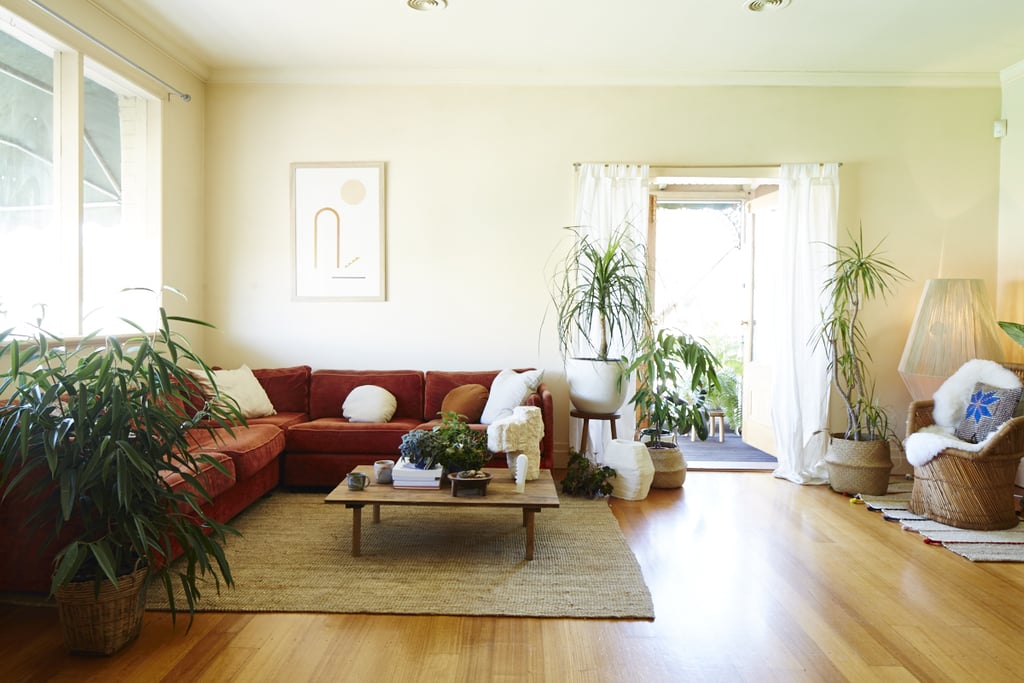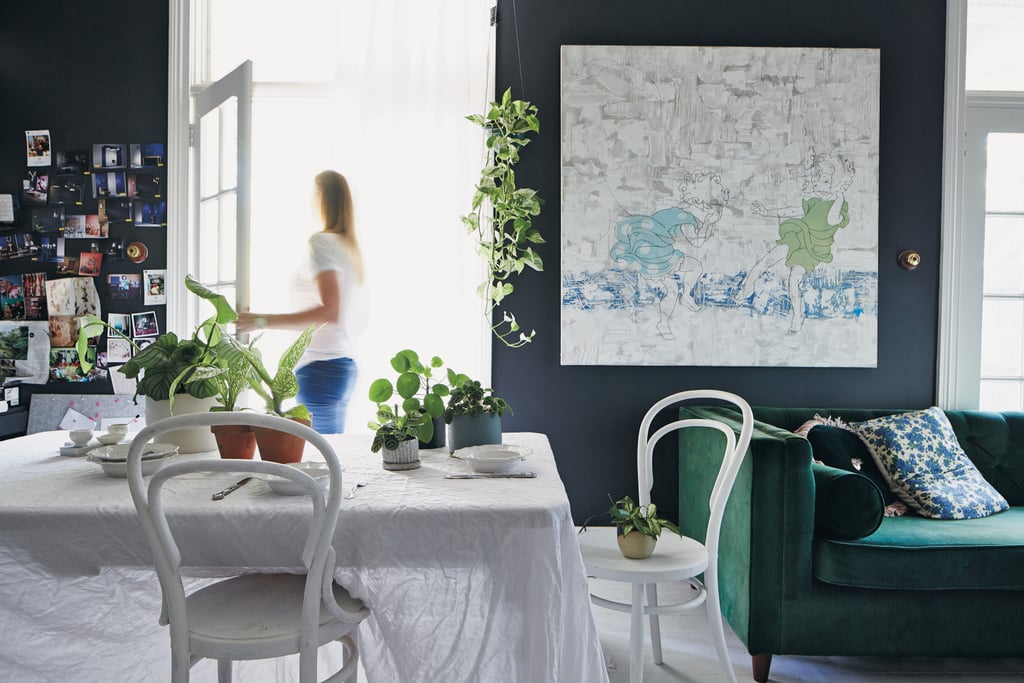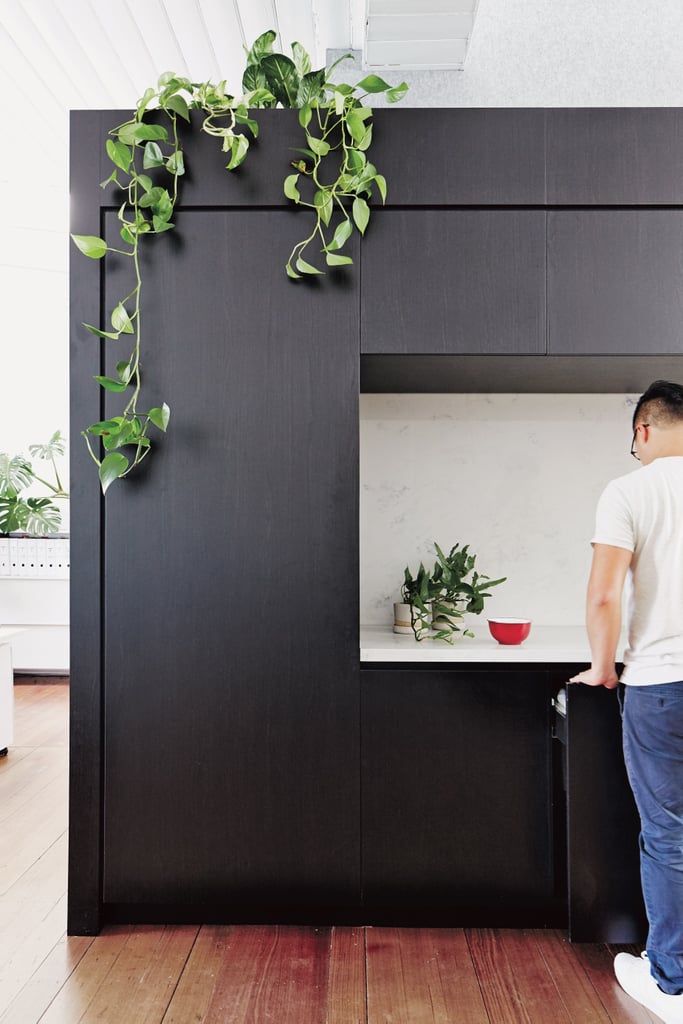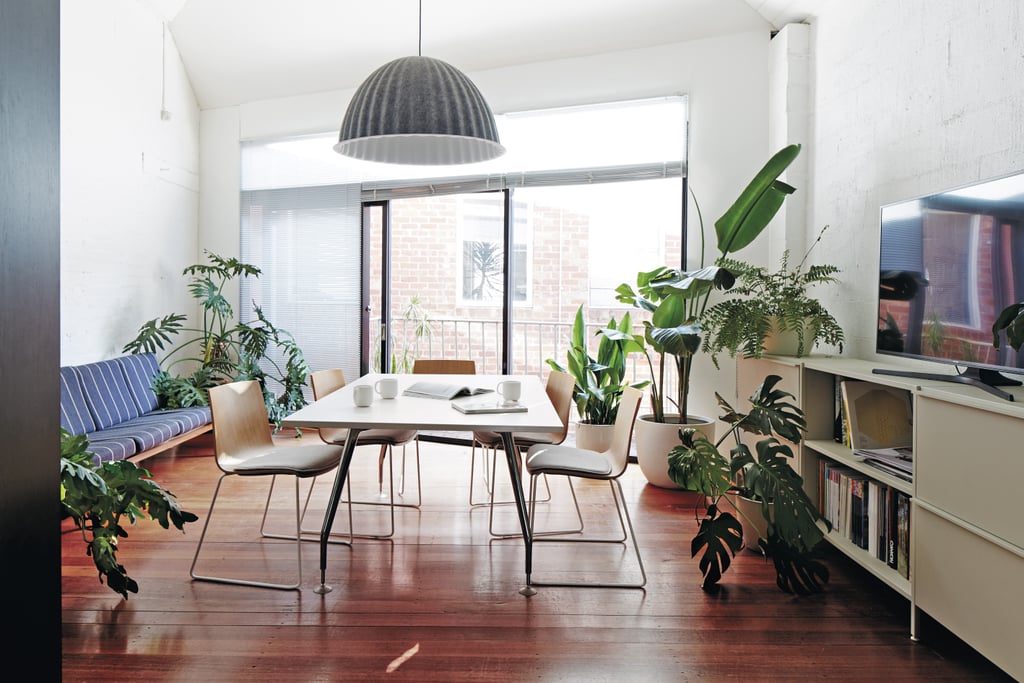08 February 2018
By portermathewsblog
via popsugar.com.au
 Image Source: Armelle Habib
Image Source: Armelle Habib
When it comes to the upsides of green thumbs, many of us are well-versed. Plants can be air-purifying, calming, insect-repelling, sleep-inducing, or lighten up a space. Bringing parts of the outdoors in though, can often present challenges — where are the plants going to go? Will they suit the room? What if I’m already short on space? What about the temperature?
To save you spiralling into an endless Google search for answers, we’re breaking down the best indoor plants for every room, right here. With some handy styling tips, too, so now, there’s really no excuse not to go green.
This is an edited extract from Plant Society by Jason Chongue, published by Hardie Grant Books ($29.99) and available in stores nationally.
Living Room
 Image Source: Armelle Habib
Image Source: Armelle Habib
The living room is the perfect place to go wild and use multiple plant types when styling. Use plants both individually and in groupings to get different effects. Tall, tree-like plants, like the rubber plant and dinner-plate ficus, are great specimen plants if you want to add drama into your room. You can also mix plain-leafed plants with more textured types.
Some good living room plants include:
- Bird of paradise (Strelitzia nicolai)
- Devil’s ivy (Epipremnum aureum)
- Dinner-plate ficus (Ficus dammaropsis)
- Fiddle-leaf fig (Ficus lyrata)
- Fruit salad plant (Monstera deliciosa)
- Medinilla magnifica
- Peace lily (Spathiphyllum)
- Philodendron
- Queen of hearts (Homalomena)
- Rubber plant (Ficus elastica)
- Umbrella plant (Schefflera)
Bedroom
 Image Source: Armelle Habib
Image Source: Armelle Habib
We spend a large portion of our lives in our bedroom, but it is often the last place we consider when introducing plants into our homes. Your bedside table is perfect for a compact plant that will help aerate the air while you sleep. Textural plants like devil’s ivy, philodendron and monstera make a nice addition to your bedroom and are a great thing to look at when you first wake up.
Some good bedroom plants include:
- Arrowhead plant (Syngonium)
- Begonia
- Devil’s ivy (Epipremnum aureum)
- Fruit salad plant (Monstera deliciosa)
- Peace lily (Spathiphyllum)
- Rubber plant (Ficus elastica)
- Wax plant (Hoya)
Dining Room
 Image Source: Armelle Habib
Image Source: Armelle Habib
There is nothing more special than having guests sit around your dinner table when it’s adorned with some delicate plants. The best plants for your dining room are plants that will remain small and compact. There are several well suited species with a range of colours and forms.
Some good dining room plants include:
- Begonia
- Chinese money plant (Pilea peperomioides)
- Peacock plant (Calathea)
- Prayer plant (Maranta leuconeura)
- Queen of hearts (Homalomena)
- Radiator plant (Peperomia)
- Wax plant (Hoya)
Bathroom
 Image Source: Armelle Habib
Image Source: Armelle Habib
The bathroom is the perfect location for growing plants that love humidity. If you’re short on space, try hanging devil’s ivy or pitcher plants from shelves or the ceiling. Plants like peace lilies, queen of hearts and arrowhead plant are great for creating small groupings of plants placed next to your shower or beside your vanity.
Some good bathroom plants include:
- Arrowhead plant (Syngonium)
- Devil’s ivy (Epipremnumaureum)
- Peace lily (Spathihyllum)
- Pitcher plant (Nepenthes)
- Queen of hearts (Homalomena)
- Tassel fern (Huperzia)
- Zebra plant (Aphelandra)
Office / Desk
 Image Source: Armelle Habib
Image Source: Armelle Habib
Compact plants are perfect for decorating your desk at home or at the office. There is often limited natural light at work and air circulation is poor. Try using some hardier table plants such as the Zanzibar gem, cast-iron plant or peace lily.
Some good office plants include:
- Cast-iron plant (Aspidistra elatior)
- Fruit salad plant (Monstera deliciosa)
- Peace lily (Spathihyllum)
- Zanzibar gem (Zamioculcas).
Meeting, Hallway and Reception Areas
 Image Source: Armelle Habib
Image Source: Armelle Habib
Plants make for a nice welcome when placed in hallways in your home and in reception spaces. They are comforting and create a calming first impression. These spaces are often used heavily and have limited natural lighting so try using plants like the cast-iron plant, rubber plant or umbrella tree.
Some good hallway or meeting room plants include:
- Bird of paradise (Strelitzia nicolai)
- Cast-iron plant (Aspidistra elatior)
- Dumb cane (Dieffenbachia)
- Lady palm (Rhapis)
- Rubber plant (Ficus elastica)
Comments (0)